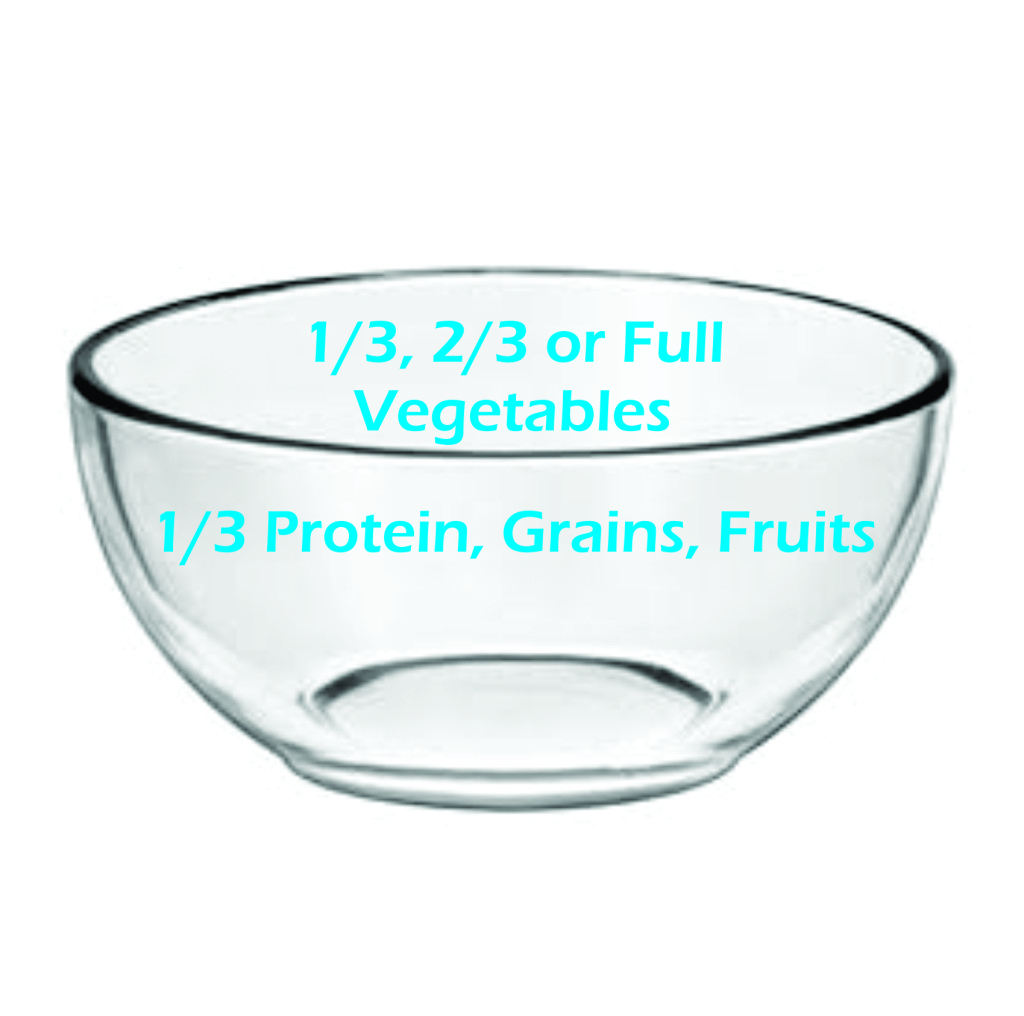It’s an old method, but a good one: one of the best ways to eat healthy and control portions is to eat from a smaller plate or from a bowl. This isn’t about tricking divers into an illusion wherein moderate portions look like more food, but rather, it’s about allowing divers to gain a realistic understanding of how and what to eat to fuel up for our sport.
Eat Right to Fuel Your Diving
The first step is to select a bowl that fits comfortably in the palm of the hand, not larger than 6 inches across and 3 inches deep. Theoretically, a larger diver will hold a bigger bowl and a smaller diver will hold a smaller bowl, which helps translate to the amount of calories that size diver needs. But rather than count calories for each meal, use the guidelines provided for protein, carbohydrates and fat to help regulate calorie intake. Active divers, who need more calories, will eat one to two more bowls each day than divers who need fewer calories or those who are working to lose weight. Depending on the desired calorie intake, divers should eat one bowl of nutrition every two or three hours, ranging from four to six bowls each day.
Each bowl includes portions of lean protein, vegetables, fruit or grains, and small amounts of fat. To make your own healthy bowl, fill it to the top, but not over the top. One-third of the bowl should be filled with lean protein in the form of chicken, fish, low-fat beef or pork, yogurt or tofu. Fill only 1/3 of the bowl when consuming grains and fruit. The remaining 1/3 or 2/3 is for vegetables. Divers do not need to fill the entire bowl at every meal.
The body’s metabolism is stimulated with consistent, healthy meals and through the digestive process. Divers on strict weight-loss programs may enjoy two protein-with-vegetable combination bowls and two vegetable-only bowls each day (hot or cold) and avoid grains and fruits altogether. Divers who lift weights regularly as part of an exercise program will benefit from protein in every bowl. Divers who enjoy running and long-distance cycling will want grains in every bowl. Sample bowls include chicken breast, mixed greens, tomatoes, carrots and cucumbers with a spritz of clear dressing; salmon with asparagus and field greens; yogurt, granola and raspberries; or a hearty soup or stew. Eat right to fuel your diving and you needn’t worry about taste or nutrition.


